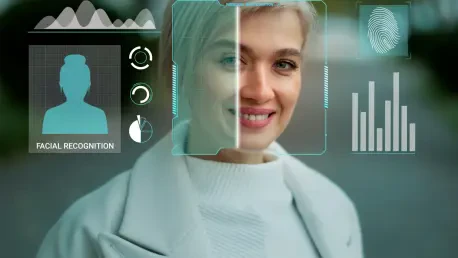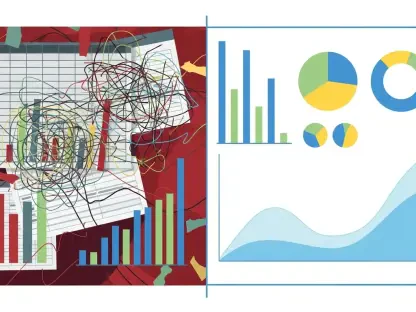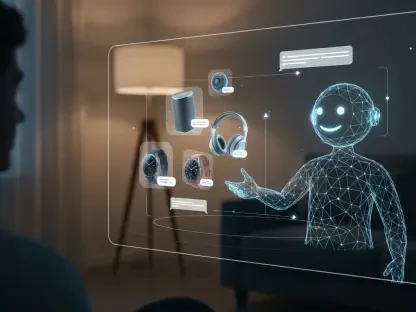Welcome to an insightful conversation with Marco Gaietti, a veteran in business management with decades of experience in strategic management, operations, and customer relations. Today, we’re diving into the evolving role of artificial intelligence in HR, specifically focusing on how AI is reshaping benefits decision-making. Marco brings a wealth of expertise to help us unpack the optimism gap between employers and employees, the challenges of trust in AI-driven tools, and strategies to bridge these divides. Our discussion will explore why workers often prefer human interaction for benefits tasks, how AI can personalize and streamline processes, and the importance of transparency and ongoing support in fostering confidence in these technologies.
Can you walk us through the optimism gap between employers and employees when it comes to AI in the workplace?
Certainly. There’s a noticeable divide in how AI is perceived. Employers often see AI as a powerful tool to boost efficiency and innovation, with many feeling increasingly positive about its potential year over year. Employees, on the other hand, tend to be more cautious. This gap stems from differing perspectives on what AI means for their day-to-day roles. While leaders might focus on big-picture benefits like cost savings or productivity gains, workers often worry about how AI might affect their job security or personal decision-making autonomy, especially in areas like benefits.
Why do you think employees are less enthusiastic about AI compared to their employers?
A big factor is familiarity and understanding. Employers, particularly those in decision-making roles, are often more exposed to AI’s capabilities and strategic advantages through briefings or data. Employees, however, might not have the same level of insight or training, leading to skepticism or fear of the unknown. There’s also a concern that AI could depersonalize important processes, making workers feel like they’re losing control over decisions that directly impact their lives, such as choosing benefits.
When it comes to AI making benefits recommendations, there’s a significant trust disparity. What’s behind this reluctance from employees?
Trust is a huge issue here. Employees often view benefits as deeply personal, tied to their health, family, and financial security. Handing those decisions over to a machine can feel risky, especially if they don’t understand how the AI reaches its conclusions. There’s a fear of bias in algorithms or that the recommendations might not truly reflect their unique needs. Unlike employers, who may trust AI based on efficiency metrics, employees need assurance that the technology prioritizes their well-being over corporate interests.
Why do so many workers still prefer human interaction for tasks like requesting a leave or selecting benefits during open enrollment?
Human interaction offers a sense of empathy and understanding that AI can’t replicate yet. When dealing with something as sensitive as a leave of absence or picking the right health plan, employees value the ability to ask nuanced questions and get tailored responses. A person can read emotions, offer reassurance, and adjust explanations on the fly—something AI struggles with. This preference reflects a desire for connection and confidence that their specific situation is being considered, not just processed through a system.
How can AI actually enhance the benefits experience, particularly with personalized recommendations?
AI has incredible potential in this space by analyzing vast amounts of data to tailor recommendations. For instance, it can look at an employee’s past choices, life events, or even demographic trends to suggest plans that fit their needs—like highlighting a family health plan for someone with young kids. This level of customization is hard to achieve manually at scale. AI can also simplify the decision-making process by presenting clear, digestible options, cutting through the overwhelm of complex benefits packages.
What role does transparency play in helping employees feel more comfortable with AI-driven benefits tools?
Transparency is key to building trust. It means openly explaining how AI works, what data it uses, and how recommendations are made. Employees need to know there’s no hidden agenda and that the system is designed with their best interests in mind. HR can help by hosting workshops or providing easy-to-read guides that demystify the technology. When people understand the ‘why’ and ‘how’ behind AI, they’re more likely to embrace it rather than resist it.
There’s talk of moving toward year-round benefits support instead of just focusing on enrollment periods. How can this approach make a difference?
A year-round approach shifts benefits from a once-a-year chore to an ongoing conversation. HR can offer regular check-ins, updates on plan options, or digital tools that let employees revisit their choices as life changes happen—like a new baby or a move. This continuous support helps employees feel valued and ensures they’re not left struggling with decisions in isolation. It also builds familiarity with tools like AI, as they become part of everyday interactions rather than a sudden, unfamiliar intrusion during enrollment.
What’s your forecast for the future of AI in benefits decision-making over the next few years?
I’m optimistic but realistic. AI will likely become more integrated into benefits processes, offering even smarter personalization and predictive insights—think anticipating an employee’s needs before they even ask. However, the human element will remain crucial. The focus will be on hybrid models where AI handles the heavy lifting of data analysis, while HR professionals provide the empathy and context. The real challenge will be closing the trust gap through education and better design of user-friendly tools. If done right, AI could truly transform how employees engage with and value their benefits.









